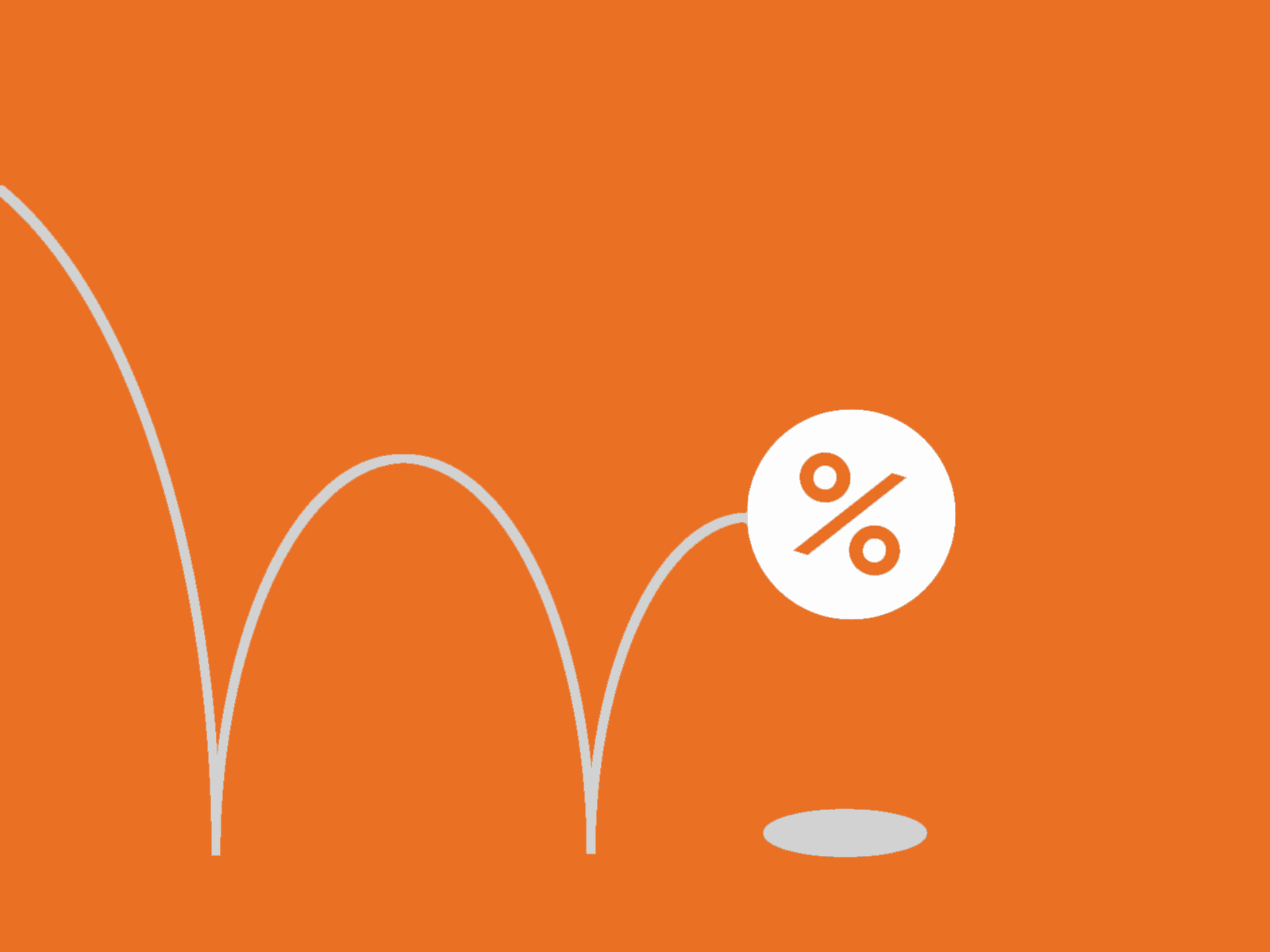Accelerated mortgage payments defined | Tangerine
After months of perusing houses for sale, you've found your dream home and have qualified for a mortgage at a great rate. You're officially on the path to homeownership –making those mortgage payments and eventually going mortgage-free.
Depending on the size of the down payment you made on your home purchase, you have either 30 years (20% down or more) or 25 years (19.99% down or less) to pay your mortgage off in full through regular installments. This is referred to as the amortization period.
Pay off your mortgage faster with accelerated payments
The default is to make your mortgage payments on a monthly basis, an option many borrowers choose. However, you have other mortgage payment options, such as switching up the timing and size of your payments or even accelerating their frequency. This can shorten your mortgage's amortization and save you thousands of dollars in interest over its lifetime.
The default is to make your mortgage payments on a monthly basis, an option many borrowers choose. However, you have other mortgage payment options, such as switching up the timing and size of your payments or even accelerating their frequency. This can shorten your mortgage's amortization and save you thousands of dollars in interest over its lifetime.
To take advantage of accelerated payments, it's important to make sure the terms of your mortgage allow you to pay it off more quickly, with the ability to pay more up to a certain percentage with each payment, and/or with a lump sum each year. The percentage is identified where prepayment privileges are outlined in the mortgage agreement. Here's a look at how accelerated mortgage payments work.
A guide to your mortgage payment options
In Canada, there are six types of mortgage payment options that lenders offer. Note that major banks only offer accelerated options on weekly and bi-weekly payment frequencies (there's no option to have accelerated monthly payments).
Monthly: This is the most common, and is the default payment schedule offered by your lender. You'll make 12 payments per year, on the same day each month.
Semi Monthly: With a semi monthly option, you'll pay your mortgage twice a month, on either the 1st and 15th, or the 16th and end of month. Multiply your monthly payment amount by 12 and divide it by 24 to get the semi monthly payment amount. The total amount paid per year will the same as the monthly option.
Bi-Weekly: With a bi-weekly payment, you'll multiply your monthly amount by 12, and then divide by 26 pay periods. The total amount paid per year will be the same as the monthly option.
Bi-Weekly Accelerated: With a bi-weekly accelerated option, you'll divide your monthly payment amount by 2, and then pay over 26 pay periods. With this option, payments are a little higher, amounting to roughly one extra payment made per year. This is an effective way to whittle down your amortization faster.
Weekly: With this option, you'll make a mortgage payment each week. Multiply the monthly amount by 12, and then divide by 52 pay periods in a year. The total amount paid per year will be the same as the monthly option.
Weekly Accelerated: With this option, the monthly payment amount is divided by 4, and then paid over 52 payments. As with the bi-weekly accelerated option, each payment will be a little higher than with the typical weekly option.
Lump Sum: While not a form of regular mortgage payment, this option will allow you to pay a chunk toward your mortgage principal, up to a certain percentage each year.
How to pay down your mortgage faster by accelerating your payments
To further illustrate how accelerating your payments can reduce your overall mortgage length, let's look at an example using a mortgage calculator:
Let's assume a home buyer is purchasing a $500,000 home. They've made a 5% down payment, and will require Canada Mortgage and Housing Corporation mortgage default insurance, which tacks $19,000 in premiums onto their home loan, resulting in a total principal amount of $494,000. Let's also assume the home buyer has qualified for a mortgage rate of 3.34%, amortized over 25 years.
Monthly mortgage payment = approximately $2,400
Accelerated bi-weekly = approximately $1,200
By accelerating your payments you can shave 3 years off your amortization.
Is accelerating your mortgage right for you?
The main consideration when choosing your mortgage payment frequency is whether paying more each month can be absorbed by your household budget. Would you still be able to cover other debt obligations, contribute to savings, and have enough disposable income to cover everyday expenses?
If you have the financial wiggle room to swing it, the benefits can be well worth it, resulting in thousands more in your pocket, and building equity in your biggest asset – your home – even sooner.

